The simplest battery made from soda
Let's look at how to make a simple battery with your own hands. We will use a small plastic container with a lid as the body. The main ingredients will be baking soda and water.
Water is poured into the container and 1.5 tsp is added. soda The resulting solution must be mixed. We make two ends from cleaned welding electrodes. The length of each of them should not exceed 7 cm.

The ends of each piece must be bent, and two holes must be made in the lid of the container. We insert the elements with curved ends into the lid and cover the container. There are many photos of DIY batteries on the Internet, but this is the simplest type.
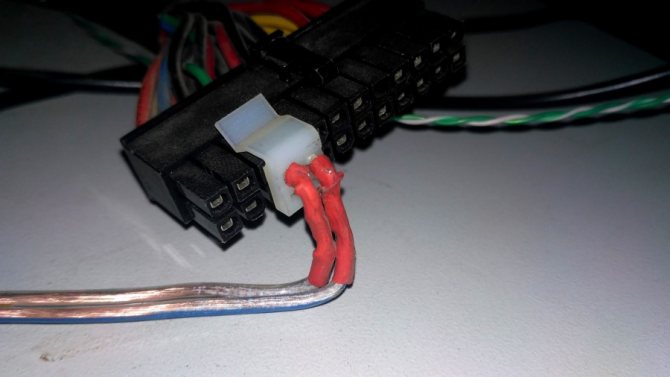
We take a regular charger and connect it to the ends of the battery. We do a test charge for 10 minutes and measure the voltage. It will not exceed 2.5 V, and if you charge the battery for 3 hours, then its power will be enough to operate the LED for no more than 20 minutes. The container must not be sealed, otherwise the battery will begin to swell.
Method two: a jar of electrolyte
To assemble a device with your own hands, similar in design to the world's first battery, you will need a glass jar or glass. For the electrode material we use zinc or aluminum (anode) and copper (cathode). To increase the efficiency of the element, their area should be as large as possible. It would be better to solder the wires, but the wire will have to be attached to the aluminum electrode with a rivet or bolted connection, since it is difficult to solder.
The electrodes are immersed inside the can so that they do not touch each other, and their ends are above the level of the can. It is better to secure them by installing a spacer or a cover with slots. For the electrolyte we use an aqueous solution of ammonia (50 g per 100 ml of water). An ammonia aqueous solution (ammonia) is not the ammonia used for our experiment. Ammonia (ammonium chloride) is an odorless white powder used in soldering as a flux or as a fertilizer.
The second option for preparing the electrolyte is to make a 20% sulfuric acid solution. In this case, you need to pour the acid into the water, and in no case vice versa. Otherwise, the water will instantly boil and its splashes, along with the acid, will get on your clothes, face and eyes.
When working with concentrated acids, it is recommended to wear safety glasses and chemical-resistant gloves. Before making a battery using sulfuric acid, it is worth studying in more detail the safety rules when working with aggressive substances.
All that remains is to pour the resulting solution into the jar so that there is at least 2 mm of free space left to the edges of the vessel. Then, using a tester, select the required number of cans.
A self-assembled battery is similar in composition to a salt battery, as it contains ammonium chloride and zinc.
How to assemble
First, let's prepare the wire and remove the insulation from it. Let's twist it into a tight spiral to increase the area. You need to cut several galvanized plates of the same size. Let's prepare several insulated conductors so that we can then connect the network with them.
Read here: DIY antenna - instructions for creating and installing meter and decimeter television antennas
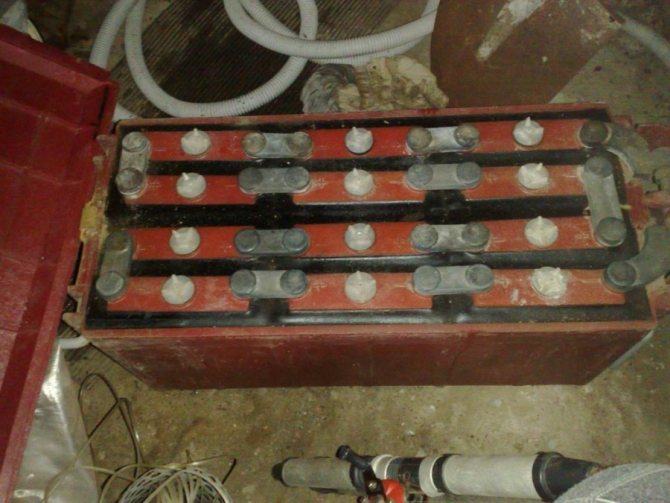
Salt water or vinegar is suitable as a solution of a conductive liquid. You will also need several disposable cups.
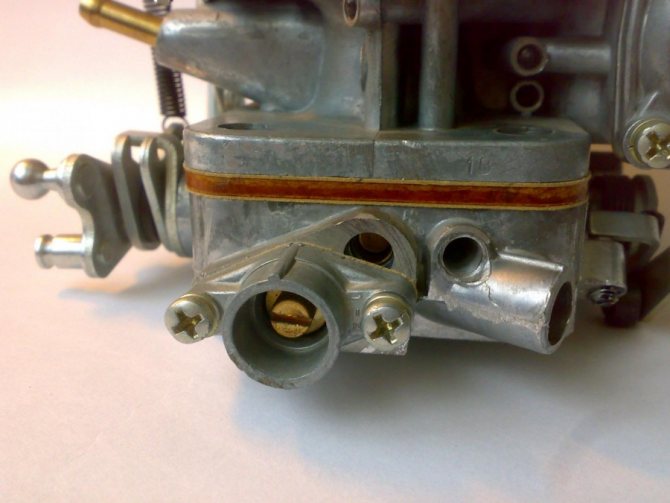
We roll the galvanized plates into a cylinder and bend the end in order to fix the conductor there. As a cushioning material we will use a plastic plate that can be cut from a bottle. We will place it between the copper and zinc element.
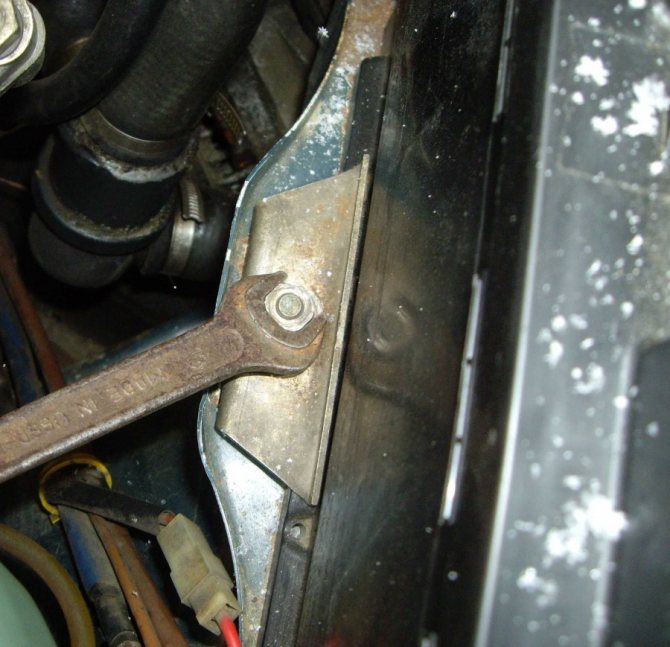
Next, the battery assembly process begins. As a result, we get a sequential circuit of several cups. If you fill the elements with a saline solution, you can get an output voltage of up to 7 V. Using an acid-type solution, such as vinegar, will give an output of up to 8 V.
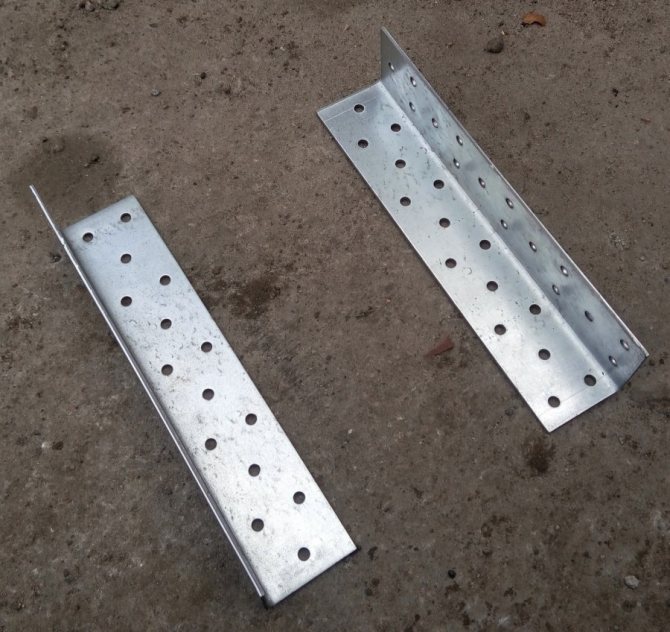
The most effective results will come from an alkaline solution. In the field it is found in ash. Then, the voltage will be 9.6 V. By adding such elements to the serial network, you can get the required voltage level to charge the phone.
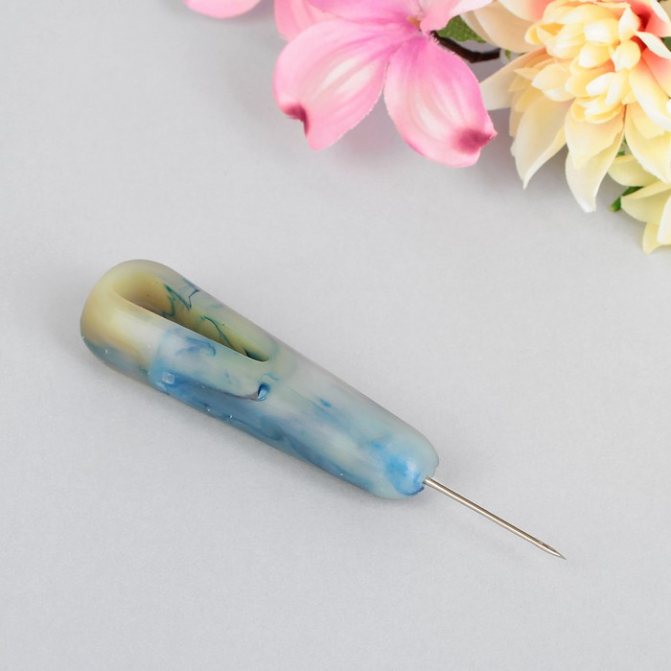
Do-it-yourself awl - simple instructions on how to make shoemaking and construction tools
Aluminum electric kettle - arguments in favor of its choice
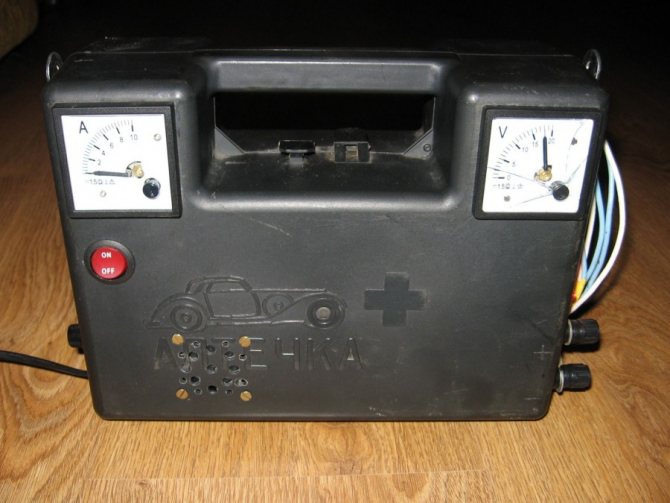
Do-it-yourself charger for charging a car battery - instructions for designing and creating a device (105 photos and diagrams)
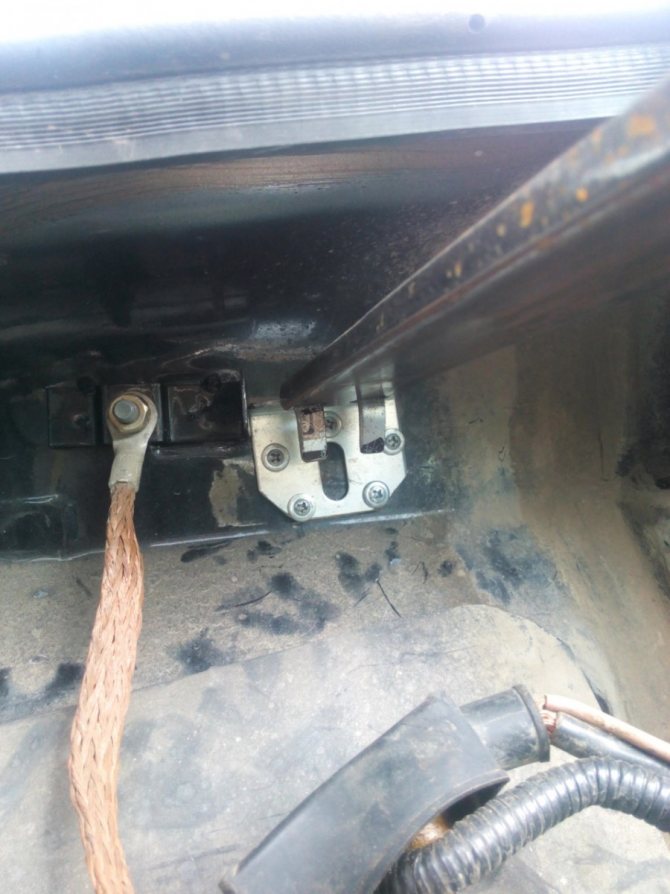
Method four: battery in a beer can
The anode of the battery is the aluminum body of a beer can. The cathode is a graphite rod.
Additionally you will need:
- a piece of foam more than 1 cm thick;
- coal chips or dust (you can use what’s left from the fire);
- water and regular table salt;
- wax or paraffin (candles can be used).
You need to cut off the top part of the can. Then make a circle of foam plastic the size of the bottom of the jar and insert it inside, having previously made a hole in the middle for the graphite rod. The rod itself is inserted into the jar strictly in the center, the cavity between it and the walls is filled with coal chips. Then an aqueous solution of salt is prepared (3 tablespoons per 500 ml of water) and poured into a jar. To prevent the solution from spilling out, the edges of the jar are filled with wax or paraffin.
You can use clothespins to connect the wires to the graphite rods.
Battery design elements
The following components will be required:
- Container with lid;
- Carbon rod;
- Activated carbon;
- Saline solution (15%);
- Terminal with plug;
- Bags of activated carbon.
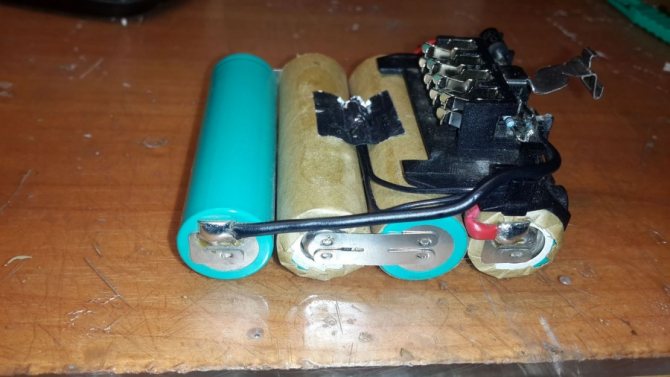
These are the elements from which you can make a simple battery. The prepared container should not allow light to pass through, otherwise the battery will quickly discharge. An electrolyte solution made from table salt is poured into it.
Electrodes consisting of carbon rods are also lowered there. Activated carbon is placed in a bag around each electrode.
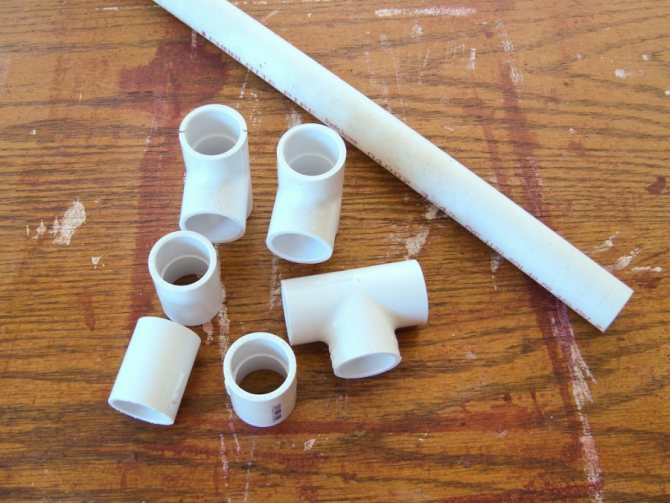
Each bag must be pressed well against the electrode using threads. There should be enough activated carbon in the bag so that the layer between the electrode and the bag is 1.5 cm.


DIY box: master class on how to make a wooden box quickly and easily
DIY feeder: the best ideas on how to make a beautiful feeder (80 photos)
- Do-it-yourself armchair - step-by-step instructions for creating upholstered furniture. Designer tips for designing chairs
IMPORTANT! To improve battery performance, add 1 g of boric acid and no more than 2 g of sugar to 1 liter of electrolyte solution.
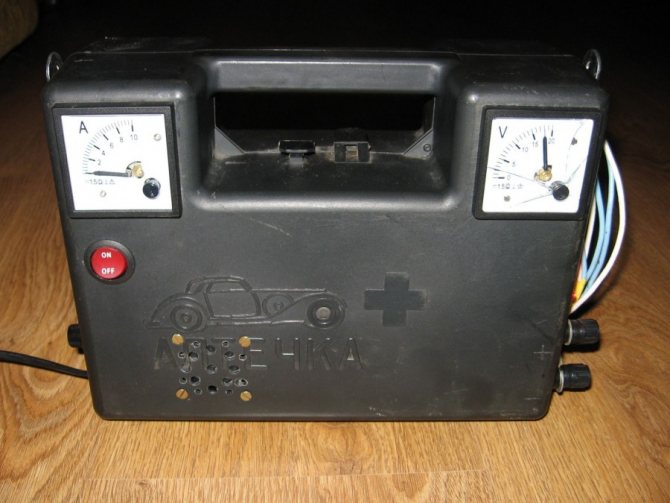
Such a battery is charged for up to 12 hours, and 4.5 V DC is supplied to each bank. When gases begin to be released intensively, it means charging is over.
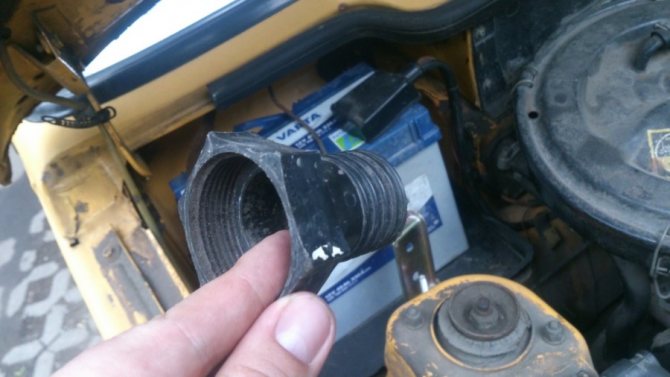
The cap should not be closed during charging, because the released gases can splash out the electrolyte solution from the cans. To work properly, it should be changed once a week.
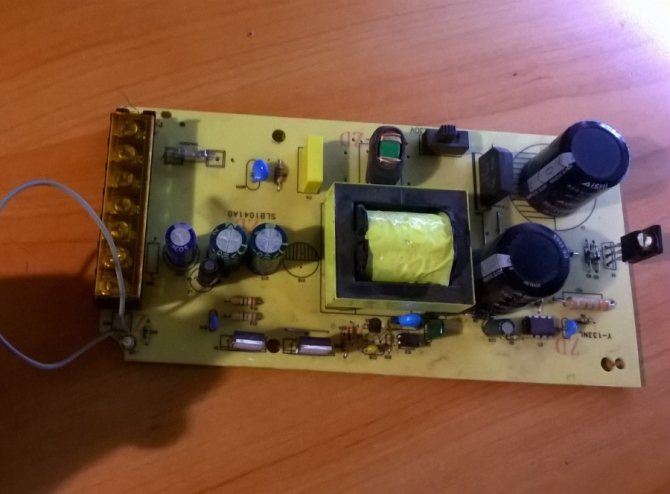
Method one: lemon battery
This homemade battery will use a citric acid-based electrolyte found in lemon pulp. For electrodes we will take copper and iron wires, nails or pins. The copper electrode will be positive, and the iron electrode will be negative.
The lemon needs to be cut crosswise into two parts. For greater stability, the halves are placed in small containers (glasses or shot glasses). It is necessary to connect the wires to the electrodes and immerse them in the lemon at a distance of 0.5 - 1 cm.
Now you need to take a multimeter and measure the voltage on the resulting galvanic element. If this is not enough, then you will also need to make several identical lemon batteries with your own hands and connect them in series using the same wires.
DIY photo of batteries
Characteristics of flow batteries
Despite the fact that these devices are still relatively new to us, there is no need to be afraid to use them. After all, they have excellent technical and quality characteristics:
- reliability;
- endurance;
- durability;
- safety.
Due to the structural properties and materials used, they are much more economical than lithium-ion in terms of kilowatt-hours of accumulated energy. In addition, such batteries do not have any dangerous or environmentally aggressive properties. Active substances isolated from each other and one generation module for all completely eliminate the possibility of short circuits or overheating. Because they are the ones that often lead to self-ignition of lithium-ion batteries.
Flow batteries, unlike other storage devices, can withstand up to 10 thousand charge-discharge cycles. While lithium ion cannot withstand even 1 thousand.







